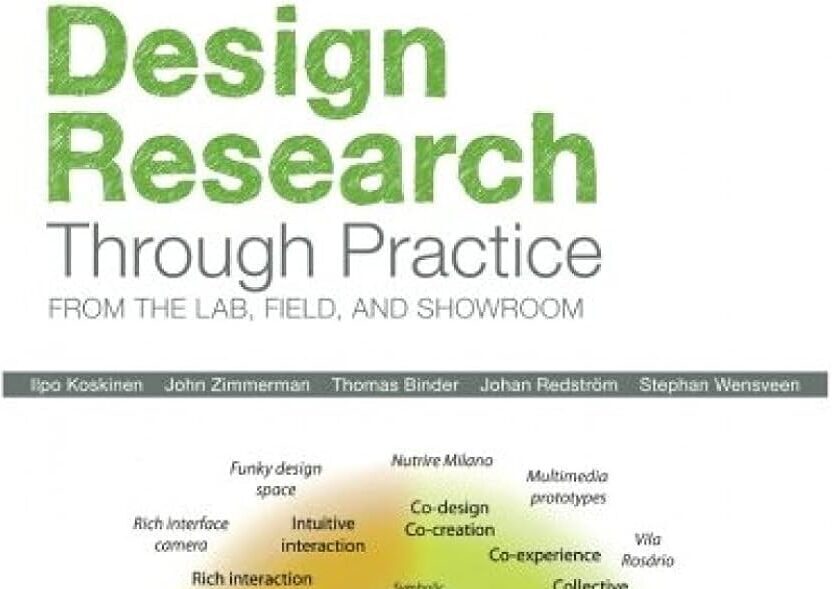The differentiation between practice-led research and practice-based research, as defined by Candy & Edmond, is interesting to explore from the perspective of someone who is involved in design research and HCI such as myself. They base their differentiation on the artefact: is the artefact the basis (or goal?) of the research? if yes then we say that the research as practice-based. Otherwise, if the process of building the artefact is the center of the research, which is aims to inform or enhance future processes makes it eligible to be labeled as a practice-led research.
Redstrom calls it “reading through design” when the research is based on the artefact and the notion of making. He calls it “reading through practice” where the focus is on the process rather than the final product.
This topic is visible in Canadian academia, where the term “research creation” is very much in tandem with Candy and Emond’s practice-based research and Redstrom reading through design, where the artefact is the center of the research, and is used as a tools to interpret, address, or explore theoretical concepts and ideas that relate to the theoretical component of a graduate research.
These ideas bring forward an interesting field to explore: Graver critiques the notion that “instead of being extensible and verifiable, theory produced by research through design tends to be provisional, contingent and aspirational” which is a concept that is probably on the minds of anyone involved in any research in the fields of natural science or engineering. He says that “Design researchers often ‘borrow’ conceptual perspectives from other disciplines and discuss their applicability for design.”
He then talks about Zimmerman & Forlizzi proposal that the HCI community will more easily accept contributions from research through design if it has an ‘agreed upon form of practice, evaluation, and outcome’ and suggest this should come through the development of ‘extensible, systemic approaches’ to theory development.
It seems it seems like research through design, when it remains in the field of design & HCI, is establishing itself as an acknowledged method of research, regardless of it’s practice-led or practice based. However, the friction remain at the border with other disciplines that ave established rigorous methods of study.
From an HCI and a design perspective, I think that practice-led research, or reading through practice, where the design process is the focus and the expected outcome is for the process to inform itself or other related processes, works very well with HCI projects. Iterative design methods, community design methods, user involvement, all provide perfect opportunity for designers to reflect upon their theories and approaches throughout the design process, and design strategies and opportunities that come up with better products and artefacts.

Leave a Reply